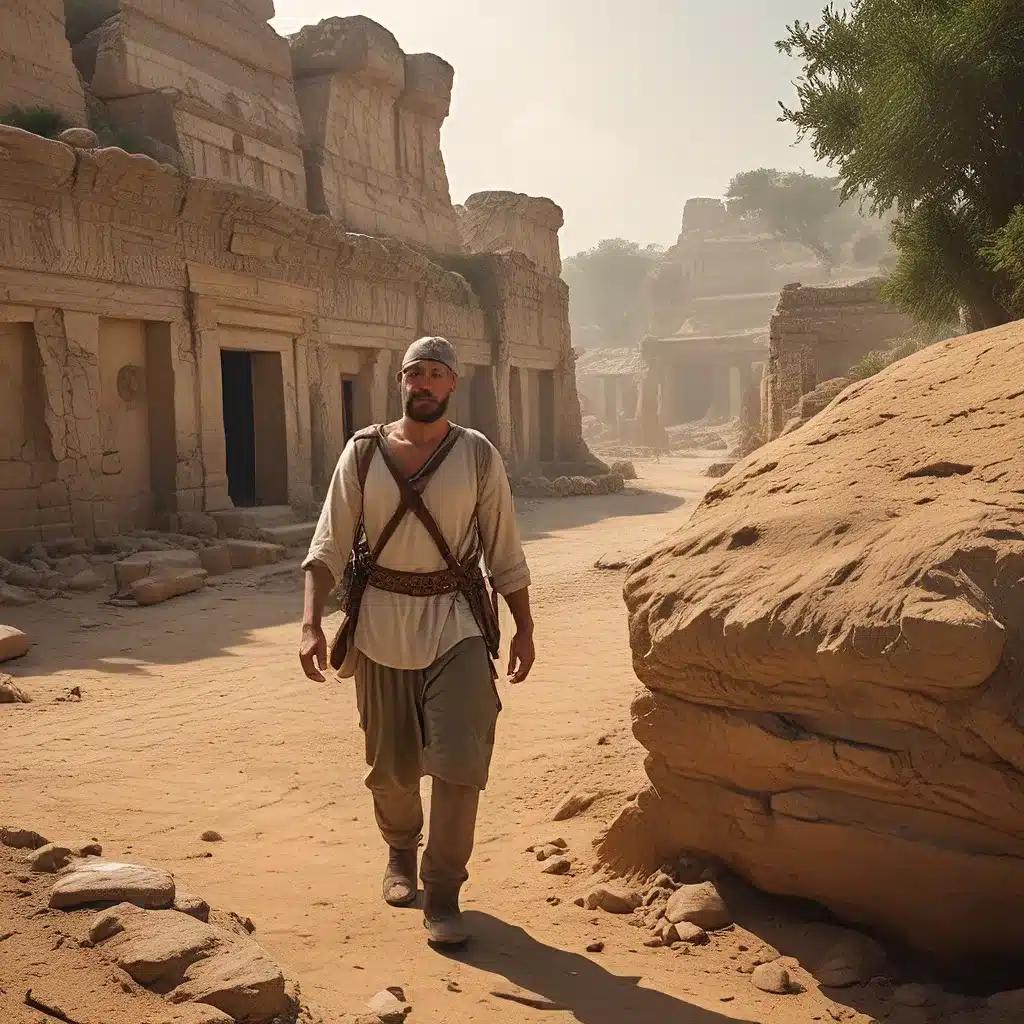
In the vast expanse of our planet’s past, hidden beneath layers of time and soil, lie the remnants of ancient civilizations that have long since vanished from the annals of history. From the rugged terrain of the Andes to the dense jungles of the Amazon, archaeologists and explorers have embarked on a relentless pursuit to uncover the secrets of these lost kingdoms, shedding light on the vibrant cultures, advanced technologies, and mysterious disappearances that have captivated the human imagination for centuries.
Unearthing the Secrets of the Inca Empire
One of the most captivating examples of these lost worlds is the Inca Empire, a vast and technologically advanced civilization that once dominated the western coast of South America. Through the painstaking work of archaeologists, we have gained remarkable insights into the lives and achievements of the Inca people, whose engineering feats and architectural marvels continue to astound us.
The Inca Empire was known for its intricate network of roads and bridges, which allowed for the efficient movement of people, goods, and ideas throughout its vast territory. Machu Picchu, the iconic Inca citadel nestled high in the Andes Mountains, is a testament to the Inca’s remarkable engineering prowess, with its precisely fitted stone structures and hydraulic systems that have withstood the test of time.
Excavations at Machu Picchu have also revealed the sophisticated agricultural practices of the Inca, who developed terraced farming techniques to cultivate a diverse range of crops in the challenging mountain environments. These discoveries have not only shed light on the Inca’s remarkable self-sufficiency but also their deep connection to the natural world.
Unveiling the Mysteries of the Amazon Rainforest
While the Andes have yielded many archaeological treasures, the dense Amazon rainforest has proven to be an equally captivating and elusive frontier for explorers and scientists. In recent years, advances in technology, such as aerial LiDAR mapping, have allowed researchers to uncover previously hidden settlements and sophisticated land-use practices that challenge our understanding of the Amazon’s pre-Columbian history.
Discoveries in the Amazon have revealed the existence of vast, interconnected networks of urban centers, canals, and agricultural systems that suggest the Amazon was once home to highly organized and populous civilizations. These findings have upended the long-held misconception that the Amazon was a pristine wilderness untouched by human activity, and have sparked a renewed interest in understanding the complex cultural and environmental legacies of these vanished Amazonian societies.
As scientists continue to explore the Amazon, they have also uncovered evidence of sophisticated ceramic and metallurgical traditions, as well as advanced astronomical and mathematical knowledge among the region’s ancient inhabitants. These discoveries have not only expanded our understanding of the Amazon’s pre-Columbian past but also challenged the traditional narratives of cultural development in the region.
Deciphering the Enigmas of the Maya Civilization
Beyond the Andes and the Amazon, other lost worlds have also captured the imagination of archaeologists and historians. One of the most renowned is the Maya civilization, a sophisticated Mesoamerican culture that flourished in present-day Mexico, Guatemala, Belize, El Salvador, and Honduras.
The Maya were renowned for their advanced writing system, calendrical calculations, and architectural achievements, including the towering pyramids and sprawling urban centers that dot the Yucatan Peninsula and Central America. Despite the wealth of information available about the Maya, many aspects of their civilization remain shrouded in mystery, particularly the causes of their dramatic decline and eventual collapse.
Recent archaeological discoveries have shed new light on the complex sociopolitical and environmental factors that may have contributed to the downfall of the Maya, including climate change, warfare, and overpopulation. These findings have not only deepened our understanding of the Maya but have also sparked renewed interest in the study of other ancient civilizations and their interactions with the natural world.
Unveiling the Mysteries of Vanished Worlds
As we continue to explore and uncover the remnants of ancient civilizations, we are faced with a daunting task: to piece together the fragmented narratives of vanished worlds and understand the complex factors that shaped their rise and fall.
Through rigorous archaeological research, innovative technologies, and interdisciplinary collaboration, scientists and explorers are unlocking the secrets of these lost kingdoms, revealing insights that challenge our fundamental assumptions about the past and provide valuable lessons for the future.
As we continue to explore the unknown, we are reminded of the boundless potential of human curiosity and the power of knowledge to transform our understanding of the world around us. The journey of archaeological discovery is an odyssey of endless fascination, one that promises to unlock the mysteries of vanished worlds and shed light on the remarkable resilience and ingenuity of the human spirit.


